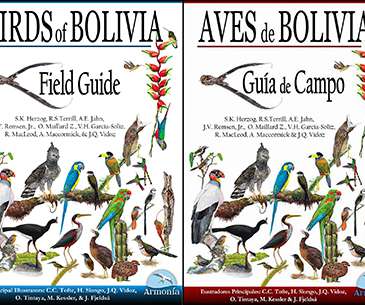Spoon-billed Sandpiper Baby Boom … in Great Britain?
10,000 Birds
JUNE 15, 2016
First, wildlife officials in Louisiana announced the first successful wild Whooping Crane nest in that state since 1939. As a backup plan, researchers captured some Spoonies in Siberia in 2011 and brought them to England , where they’ve been raised at the Wildfowl and Wetlands Trust (WWT) in Slimbridge, Gloucestershire.












Let's personalize your content